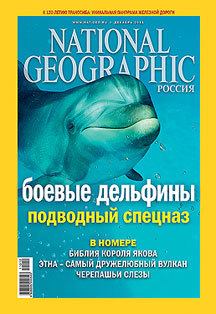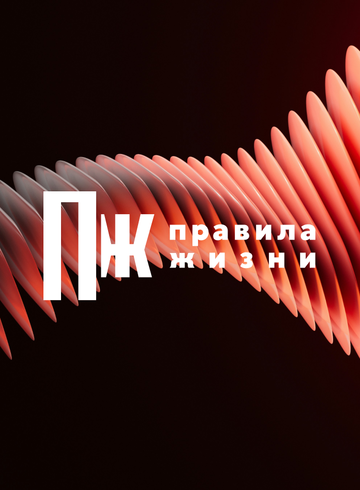New Year’s Issue of National Geographic Russia

The main story in the December issue of National Geographic Russia is “Dolphin Special Forces” — secret material about the military’s use of super-intelligent animals that possess physical abilities about which humans can only dream. Readers will learn that, following World War II, people made use of dolphins’ unique abilities for marine exploration. The Americans were the first to enlist their aid, and the U.S. military operated several dolphinariums. Information about the unusual operations carried out by the U.S. only became declassified during the Vietnam War. What other surprises do these gifted animals have in store for us?
Also in this issue:
A souvenir volcano: Information on the Mount Etna volcano that has erupted more than 200 times from 1500 B.C. to the modern age — and that has become even more active now.
The victory of King James: The story of the English translation of the Bible made hundreds of years ago. More copies of this book have been produced than of any other English-language publication. Who was behind it?
Night. The street. A pen light. This article chronicles the birth of a new art form — freezelight. This English word is totally unfamiliar to people in the English-speaking world: It first came into use among Russian youth in 2008 thanks to Artyom Dolgopoluv and Roman Palchenkov. But it was the widespread popularity of digital cameras that made freezelight possible.
Turtles’ bitter tears. The story of long distance wayfarers — sea turtles — that make excellent use of ocean currents to travel from one part of the globe to another. However, even in those vast expanses fall victim to a numerous traps set by man.
Star factory. News from distant galaxies. The fascinating story of how many galaxies in our celestial neighborhood have died out or are living their last millennium. Also: Why do the Large and Small Magellanic Clouds feel fine?
The new issue was released for sale on Nov. 29.


